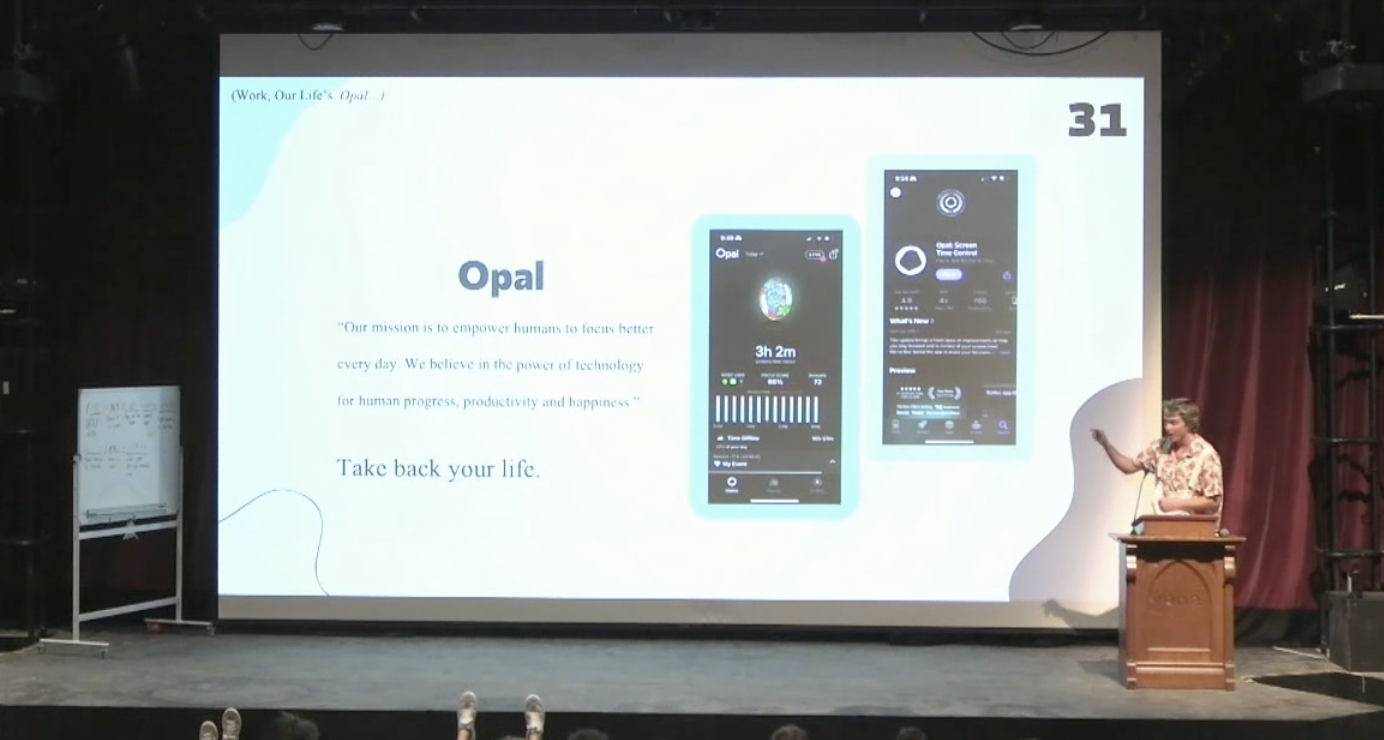February 28, 2025

Teenagers today spend an average of 7 hours and 22 minutes per day on screens outside of schoolwork, according to a report by Common Sense Media. A recent study found that nearly half of teens feel "addicted" to their phones, with 59% saying their parents are worried about their screen time. And it’s not just about time spent—it’s about the impact.
Schools, understandably, are searching for solutions. But many have resorted to rigid, top-down phone bans—often missing a critical piece of the puzzle: student buy-in.
At Kimball Union Academy, a private high school in New Hampshire, something inspiring happened. The student body president took it upon himself to lead a 30-minute presentation to his entire school—not because a teacher told him to, but because he felt it was important.
He shared a deeply personal story:
A few years ago, struggling with severe acne, he used his phone as a shield—hiding behind the screen instead of engaging in the activities and friendships he once loved. Even after his skin cleared, his addiction to his phone didn’t. Until a friend introduced him to Opal, a tool that helped him take control of his screen time.
That single shift gave him his life back. And now, he’s encouraging his entire school to do the same.
But it wasn’t just about his story—he made it about everyone in the room.
He didn’t cast blame on anyone; instead, he used his own struggles as an example. To make it interactive, he invited both students and teachers on stage to share their daily screen time. Then, he had them calculate how many years of their remaining life would be spent staring at a phone. The realization was sobering.
Then, he brought it back to what really matters. He reminded everyone in the audience that their time at Kimball Union is fleeting. The friendships they build, the laughter they share, the moments that define their teenage years—these are the experiences that will stay with them forever, and they deserve their full attention.
To leave them with something tangible, he handed out Opal's “Scrolling Kills” stickers, inviting students to place them on their phones or laptops as a daily reminder: Life is happening now. Be present.
This isn’t an isolated case. Across the country, students at high schools in Houston, San Diego, LA, and Staten Island are organizing student-led initiatives to promote healthier digital habits with Opal. They aren’t waiting for their schools to step in—they’re taking responsibility for themselves and their peers.
Instead of imposing screen time limits on students, schools should be empowering them with the right tools, education, and frameworks to self-regulate.
Opal’s approach is simple:
At a time when schools are struggling to find the right approach, the answer is already in front of them: students want to take control of their screen time. Schools just need to support them.
The movement is already happening.












